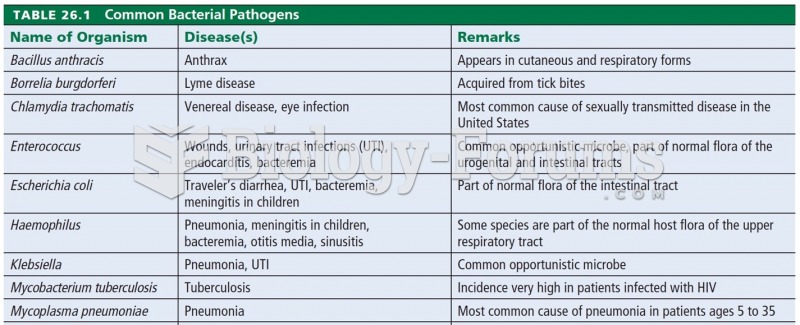Answer to Question 1
- Voyeurism refers to the paraphilia of a recurring urge to secretly watch others undress or engage in sexual activities without their knowledge or consent.
- Exhibitionism is the flip side of voyeurism in that the focus for sexual arousal and gratification is displaying one's genitals to others without their consent. A common term for someone who engages in this paraphilia is a flasher.
- Frotteurism is the recurring compulsion to rub one's genitals against a nonconsenting person for sexual arousal and, typically, orgasm.
- Sexual sadism, the recurring compulsive urge to inflict pain and humiliation for sexual gratification, is named for the Marquis de Sade, an eighteenth-century French author and aristocrat who spent much of his adult life imprisoned for engaging in and writing about his particularly violent form of sexual expression.
- Pedophilia refers to the pattern of exploitation of prepubescent children for an adult's sexual purposes.
Answer to Question 2
A sexual activity may be considered a paraphilia if it meets all three of the following criteria:
1. The behavior is engaged in for the purpose of sexual arousal or gratification.
The first criterion is obvious: at least one of the primary reasons a person is engaging in the behavior is because it is a sexual turn-on. If a man dresses up as a woman for a part in a play, his cross-dressing is unconnected to sexual arousal or gratification and is unlikely to be defined as a paraphilia (transvestism).
2. The behavior tends to be compulsive and recurrent.
The second criterion of paraphilias is that they tend to constitute compulsive behavior. Any behavior, sexual or not, may for some people become compulsive. In essence, a compulsive behavior is one that controls the person instead of the other way around. Usually, it is a behavior that the person would like to stop doing but feels powerless to control.
3. A clear majority of people in a given cultural setting would consider the behavior to be strange, deviant, pathological, or abnormal.
The third criterion of paraphilias is what sets them apart from other sexual behaviors (even those that might meet the first two criteria). Paraphilias are sexual behaviors that would strike most people in a particular cultural setting as strange or abnormal. This judgment sounds subjective. You may be thinking, What's strange to one person is mainstream to another or Who's to say what's abnormal anyway? It is important to take into account the culture in which the behavior occurs, because societies are often surprisingly diverse in their social and sexual customs.






